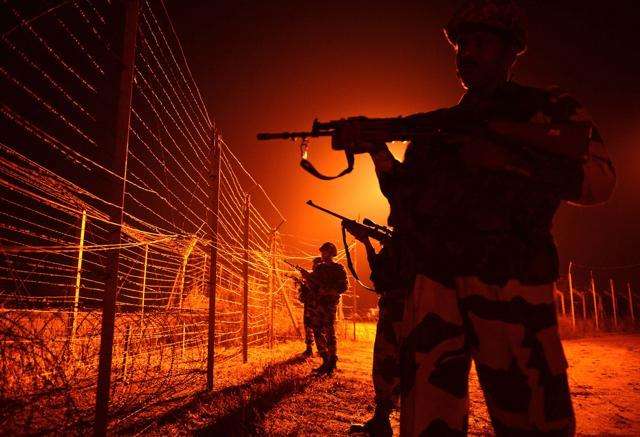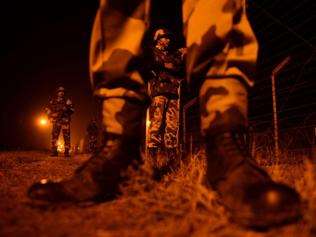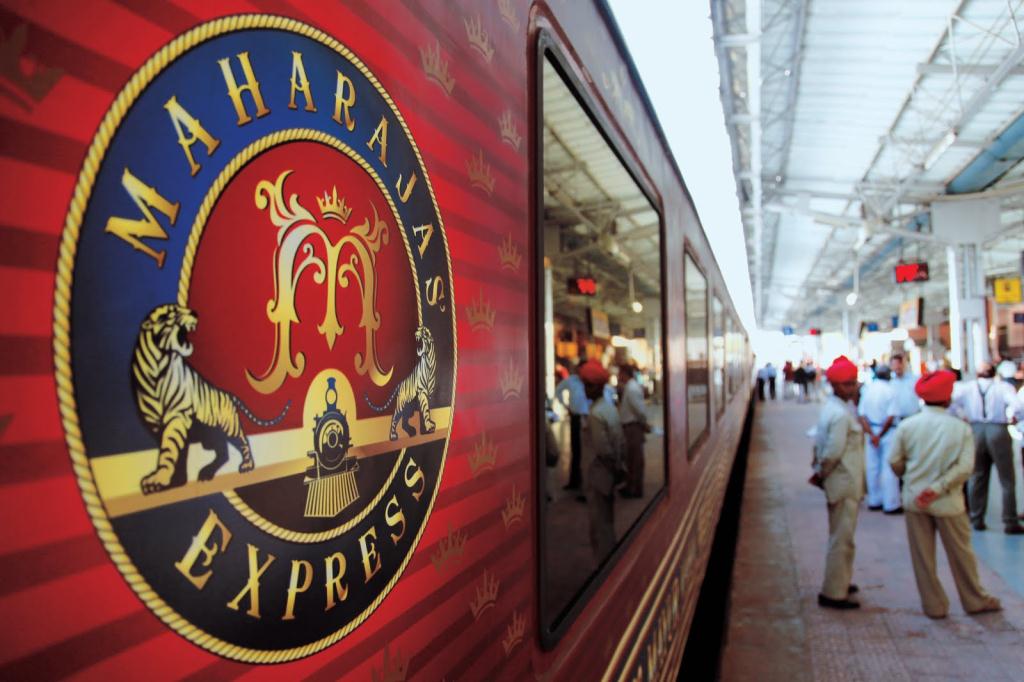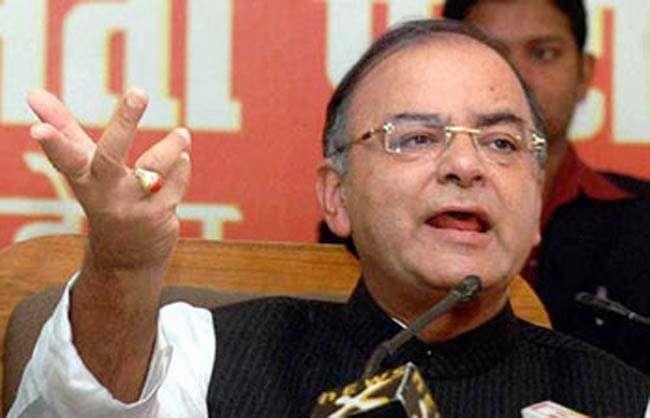October 3, 2016
India will neither forgive nor forget, Prime Minister Narendra Modi declared less than a week after the Uri outrage. It wasn’t just rhetoric: Modi had already okayed a strike against Pakistani terrorist launchpads across the Line of Control (LoC).

October 3, 2016
India will neither forgive nor forget, Prime Minister Narendra Modi declared less than a week after the Uri outrage. It wasn’t just rhetoric: Modi had already okayed a strike against Pakistani terrorist launchpads across the Line of Control (LoC).

The decision to punish Pakistan was conveyed to Defence Minister Manohar Parrikar and National Security Adviser Ajit Doval on September 23, and the build-up to D-day began the next day.
It was no rash decision. The diplomatic route was chosen before unsheathing the iron fist. Immediately after the September 18 attack on the Indian Army at Uri, Modi called Doval for information on the perpetrators and how they managed to get inside the brigade headquarters.
The Pakistan connection became evident from the GPS sets found on the four dead terrorists as well as from the interrogation of their two guides caught by Uri villagers.
Pakistan’s high commissioner to India Abdul Basit was summoned on September 21 and given a protest letter detailing the involvement of a terror group based in his country. Pakistan chose denial as its response, with Prime Minister Nawaz Sharif raising Kashmir in his speech at the United Nations.
That was the inflection point, when the idea of a military response began to crystallize.
Late on September 22, Modi, Parrikar and Doval were briefed by director general of military operations Lt General Ranbir Singh on LoC strike options as well as the posture of the Pakistan army. Army chief General Dalbir Singh was present at this briefing in the War Room of the ministry of defence. By this time, Pakistan had activated all its radars along the LoC and its forces were on high alert.
After examining the options put up by Doval in consultation with the three service chiefs, the surgical strike option was chosen by September 23.
Once the decision had been taken, Doval, Army chief Gen. Dalbir Singh and other operational planners discarded their mobile phones. All communications were direct or through highly secured lines only. Constant monitoring of the Pakistani political leadership and army brass, including the Rawalpindi-based X Corps in charge of PoK as well as the Gilgit-based commander of the Northern Areas, was carried out. As the strike plan was hammered out, Modi chaired some of the meetings.
The Army chief tasked his Northern Army Commander Lt Gen DS Hooda to segregate special forces troops from the 1, 4 and 9 parachute at his disposal, and prepare for action. The army build-up began on September 24. Meanwhile, the National Technical Research Organisation (NTRO) programmed Indian satellites to monitor the target area using GPS coordinates and link-ups as a result of which Delhi had real-time imagery of the strike through helmet-mounted cameras of Indian soldiers on D-day. Video footage of the entire action exists but has not been released to the public.
Given that Pakistan had activated its radars across the LoC, insertion of Special Forces through helicopters was ruled out. Special Forces squads with night-vision devices, Tavor 21 and AK-47 assault rifles, rocket-propelled grenades, shoulder-fired missiles, Heckler and Koch pistols, high explosive grenades and plastic explosives crossed the LoC on foot. The teams were 30-strong each and had specific targets.
While the corps commanders were getting their men ready, the planners in Delhi went below the radar. Starting September 26, Doval held three meetings with the three military chiefs, foreign secretary, two intelligence chiefs, NTRO chief and the DGMO. No uniforms were allowed at these meetings; unmarked cars were used to meet at discreet locations around Delhi to discuss the plan as well as possible Pakistani retaliation.
Operational planners had narrowed things down to eight contingencies. It comes as no surprise that evacuation of civilians living close to border in Jammu and Kashmir and Punjab started at 10 pm on September 27, an hour before Indian soldiers went across.

D-day began with Special Forces squads slipping across the LoC towards designated targets. The plan was such that teams with distant targets left early on September 27 evening so that all strikes would be coordinated. The instructions were that all teams would engage the terrorists simultaneously so that none could rescue another. Using mortar and machine-gun fire from the Indian side to pin Pakistani troops down, the soldiers of the special forces crawled to their targets without meeting any resistance.
Sentries at the launch pads were neutralized by snipers before the troops went in and finished the job. Barring one soldier who stepped on a landmine, all teams returned to their bases by 9am on September 28. The surprise had been complete and there had hardly been any retaliatory fire.
Even as the operation was on, Doval received a call from his US counterpart Susan Rice. Although the US later said that Rice had offered India help against terrorism, the Modi government has kept this conversation top secret.
Throughout the operation, Modi, Parrikar, Doval, the service chiefs, DGMO, intelligence chiefs, NTRO chief, Northern Army Commander and his two corps commanders were awake and in touch. After the troopers returned, the operational planners, led by Doval, met Modi and briefed him.
Six launch pads had been razed to the ground with Indian troopers gunning down 45 terrorists at various locations. Uri had been avenged.
After the operation, Modi called a meet of the Cabinet Committee on security, and DGMO Ranbir Singh called his Pakistani counterpart to inform him about the strike. Former Prime Minister Manmohan Singh was briefed by Modi after the CCS meet. Starting with Congress president Sonia Gandhi, Opposition leaders were briefed directly or at the all-party meeting held later the same day.
Courtesy: HT
















































































































